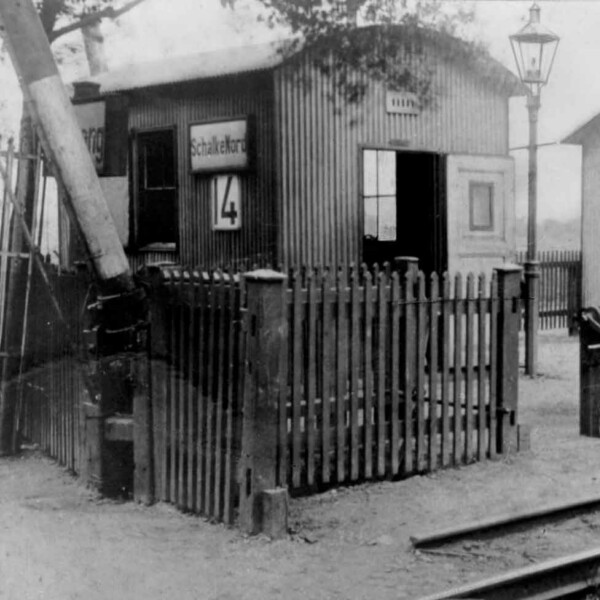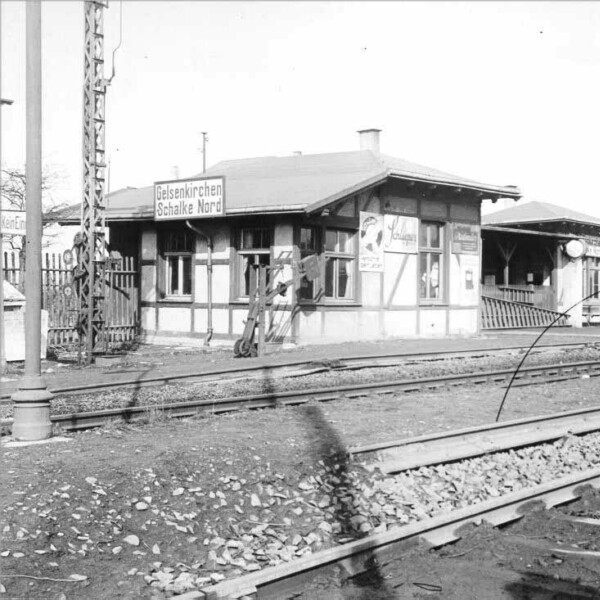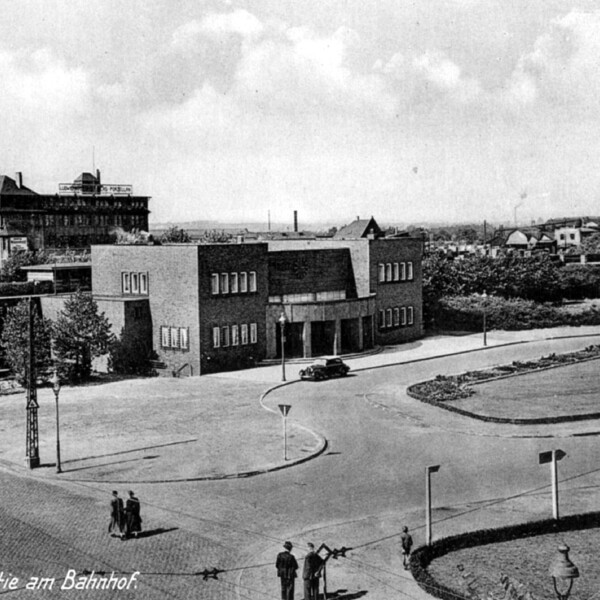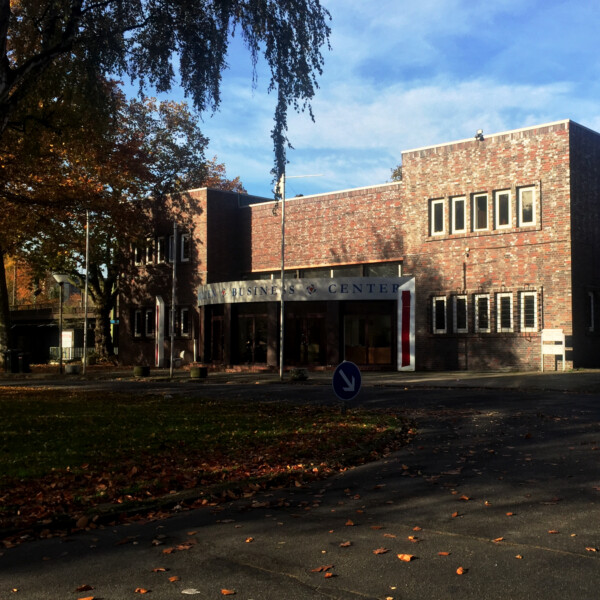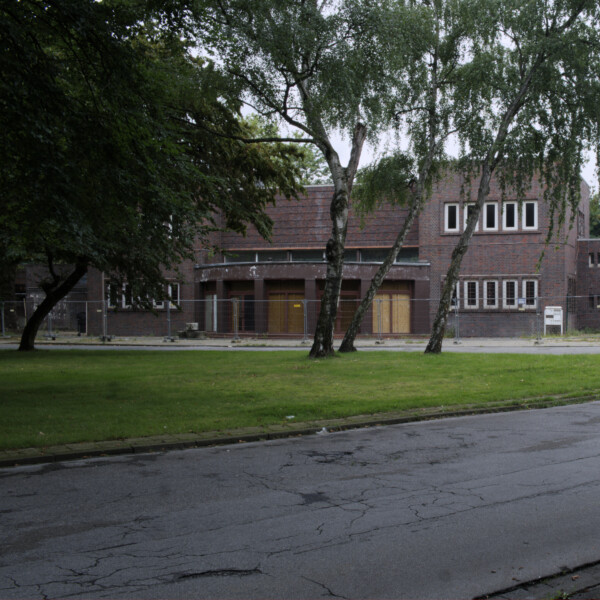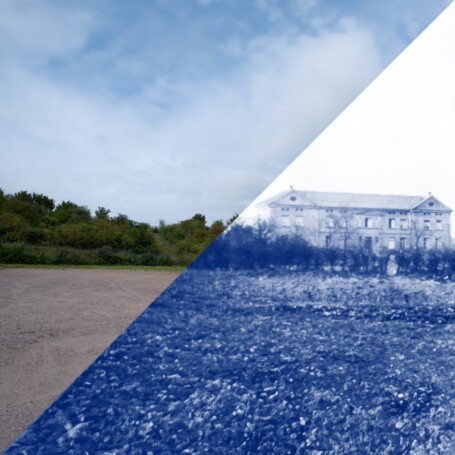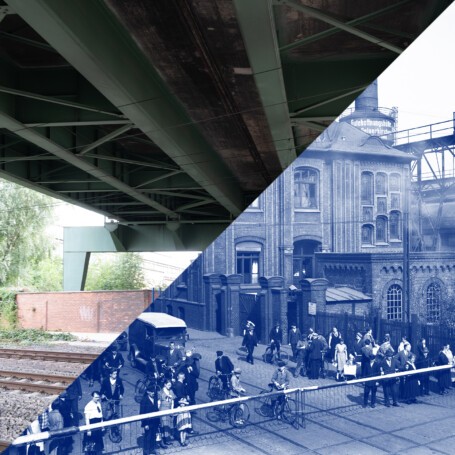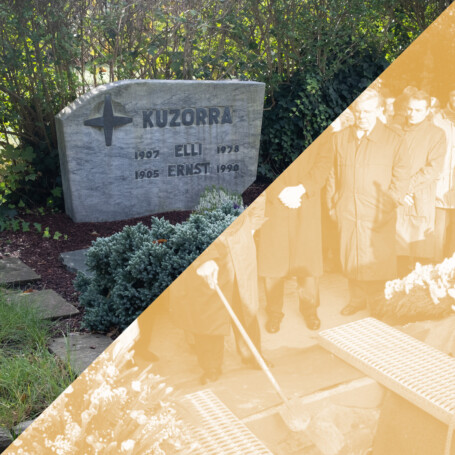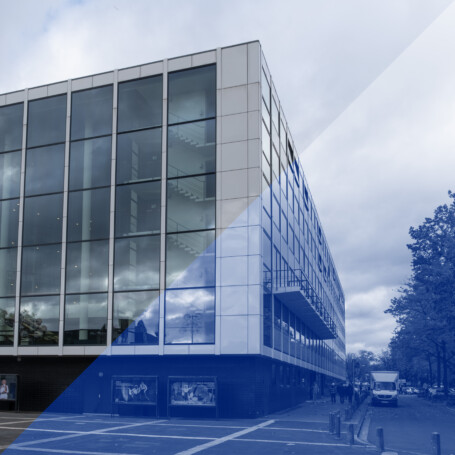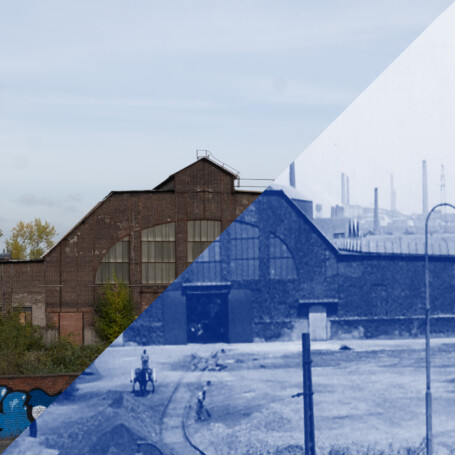Schalke-Nord Station
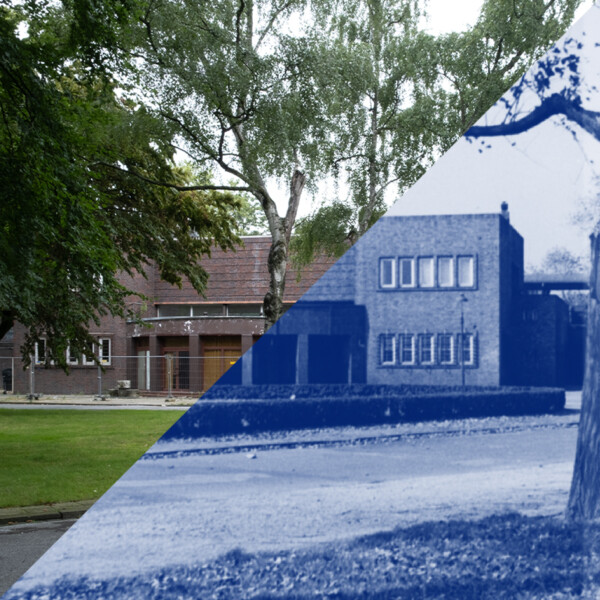

The world as a guest in Schalke
What a bad timing. The Schalker Kreisel ("Schalke spinning top") has been thrilling spectators at the Glückauf Stadium for just over two years. More and more people from all over the region are flocking to Schalke at the weekend. A new station building at Schalke-Nord Station is designed to make travelling to the stadium as convenient as possible for fans who do not live in the city. But when it opens in November 1930, the crowds on home match days are small. The Western German football championship banned the team led by Szepan and Kuzorra from playing. It declared them to be professionals due to excessive hand money. In Germany, only amateurs were allowed to play (click here for the story). Schalke began the 1930/31 season with a makeshift team. Their goal: to stay in the league. But the fight against relegation no longer attracted as many people as the attractive game of the Schalker Kreisel. In 1931 the ban was lifted. Now the new railway station pays off in full: 70,000 people are in the stadium for the first match of Szepan and Kuzorra.
The railway station Schalke-Nord existed long before the myth of the Schalke Market was born. The station had been used for passenger transport since 1875. At that time, passengers were still welcomed here in a modest half-timbered house. From there, they had to walk about 15 minutes down König-Wilhelm-Straße to reach Schalke Market. From there, they could continue walking down the magnificent Kaiserstraße or visit the shops in Schalke Street. The train journey was not cheap. Only fans with enough money could afford the regular train journey. In 1974 - one year after FC Schalke moved to the Parkstadion for its matches - train services also stopped at Schalke-Nord Station. In 1985, the station building was placed under a preservation order. Just a few years ago, a property centre and a Turkish restaurant used the premises. It was foreclosed in 2022. It is now owned by the city of Gelsenkirchen. There are no plans yet as to how the building will be used in the future. Prior refurbishment of Schalke-Nord station is unavoidable. However, this will incur high costs.
